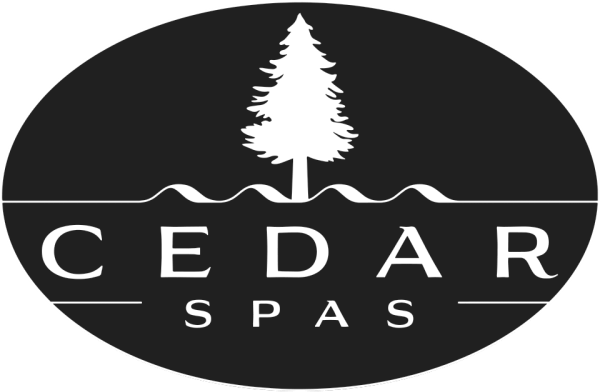Site Preparation
Where To Put Your Hot Tub
There are four major considerations on where to put a hot tub in a residential application.
1. Hot Tub Site
The first is finding an ideal location with adequate space. Our hot tub range comes in 3 different sizes. Another measurement to consider when deciding is the ideal size and height and how many people will be using it in one sitting.
Aside from size, other concerns when picking the location in your yard might be ease of access for bathers, privacy from neighbours, views, delivery access and accessibility for a service/repair technician.
One way to help you visualize the hot tub as you look around for the ideal spot is to take chalk, rope, or cardboard and create the desired size and shape you are looking for and place it in those locations to make sure they are adequate.2. Hot Tub Foundation and Configuration
The second consideration is site preparation/foundation and choosing which configuration so either sitting on a flat surface or surround fully or half way around by a wooden deck.
3. Hot Tub Service Access
Another important consideration when doing a deck application is service/maintenance access. Most hot tubs are self contained units and have at least one service panel that needs to be accessible to get to equipment (controls, pumps, heater, etc…).
This can be difficult if one decides to sink the spa or lower it into a deck part way or flush with the surface of the deck to achieve a more custom or built-in look.
This can be done properly by creating access hatches or trap doors in the decking surface all the way around the tub so that a service technician can easily remove that particular section of decking and climb down to access the equipment.
4. Hot Tub Electrical Requirements And Permits
The third consideration is power and electrical requirements. Consult an electrician to ensure you have a large enough electrical panel to support adding a hot tub. Our hot tubs require just a standard a 10amp power connection. The pump system comes with a 7m 10amp power-cable with plug and a RCD switch for safety.
The final consideration for a hot tub is permits and approvals. In most areas, hot tubs are considered portable structures that are not permanently attached to the home, therefore, they don’t usually require a permit or approval from your city’s building and planning departments but our advice is best to check with your local council just to make sure what is required.
Concrete Pad/Slab
A concrete pad or existing patio is the most common type of foundation prepared for a hot tub. Pouring the slab a minimum 4” thick and rebar reinforcing is recommended to prevent the slab from cracking over time.
Also allowing proper cure time is important to prevent settling and sinking. Cure times for concrete can vary based on type of concrete used, time of the year (weather and temperature), and size/thickness of slab.
Paving Blocks
These are another cost effective options when creating a foundation and can be very decorative and aesthetically pleasing as there are a multitude of shapes, sizes, and stone types to utilize. It is important to level out the area ahead of time with sand or crushed gravel before setting the pavers to avoid sinkholes or settling. The recommended paver thickness is at least 2 inches.
Wooden Raised Deck Or Wooden Pad
Decking is also a very common foundation for a hot tub since there is a great deal of flexibility with design to meet anyone’s taste and budget. It is important to consult a licensed contractor or structural engineer when placing a hot tub on an elevated deck due to the weight which can be anything up to 2 tonnes. Use screws and not nails when building your deck (if tub is set into the deck) just in case you need to gain access at a later date. If placing your tub on top of your deck, the beauty of the tub can be better appreciated.
